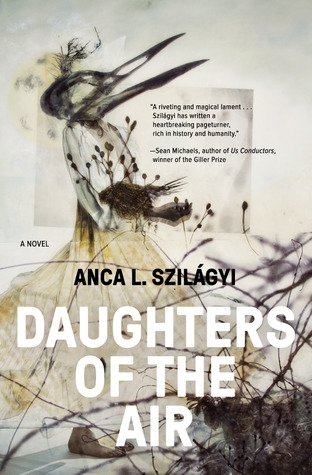Like his acclaimed Mandeville (2008), Matthew Francis's fourth Faber collection explores a world of marvels, real and fantastic. A man takes off for the moon in an engine drawn by geese, a poltergeist moves into a remote Welsh village, and a party of seventeenth-century Englishmen encounter the wonders of Russia - sledges, vodka, skating and Easter eggs. The scientist Robert Boyle basks in the newly discovered radiance of phosphorus (the noctiluca of the title) and the theme of light in darkness is taken up by the more personal poems in the book: phoneboxes, streetlamps, moonlight.
Goodreads description
Another lovely poetry book for you. Not all the poems are magic realism, but most have that magic-realist sensibility that I have written about in the past.
The collection opens with The Man in the Moon, an account of a trip to the moon powered by geese. It made me think of Calvino, although it is a based on a 17th century fantasy by Francis Godwin. Many of the poems in the collection are influenced by the past or by historical accounts. Some are realistic such as the title poem, which is based on an account by Andrew Marvell of an embassy to Russia. Others have a more supernatural element e.g Corpse Candle and Familiar Spirit. I have written before that historical novels (and poetry) that include the supernatural are presenting the world of the past realistically.
My favourite poem in the book is The Walker. It is a beautiful and subtle poem. It of course has a magic-realist angle, but also evokes its mountain setting accurately and in wonderful language:
And the sheep carried on, canted to one side,
trotting on their adjustable legs
and the narrator's response to it:
I was an inkwash of myself, wet on wet,
among the limp vertebrae of ferns
and the fuzz of bilberry.
One stroke would smear me into a blur.
The natural eeriness sets the scene for the twist at the ending of the poem.
Wonderful stuff.



